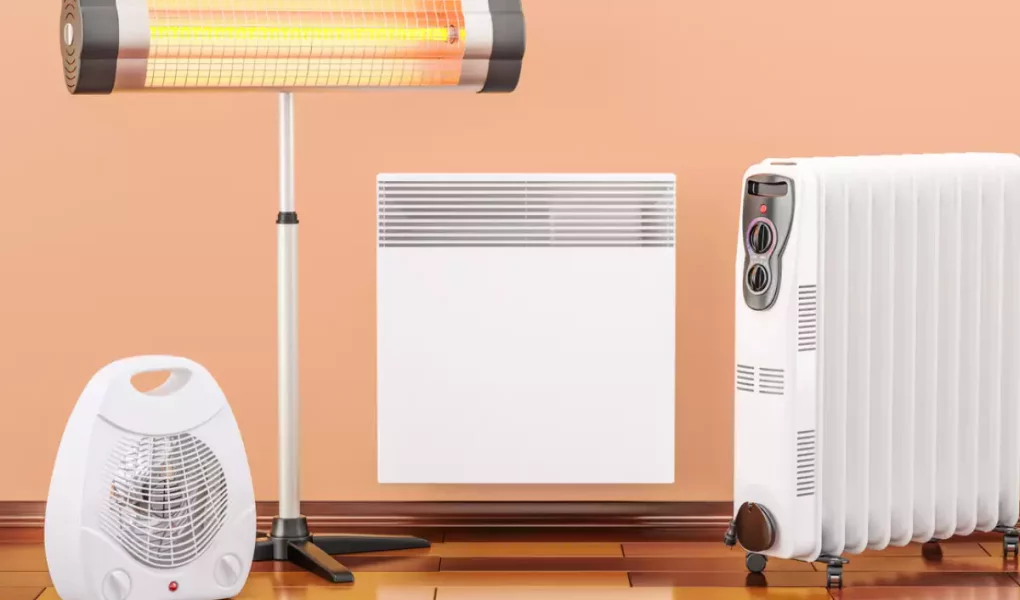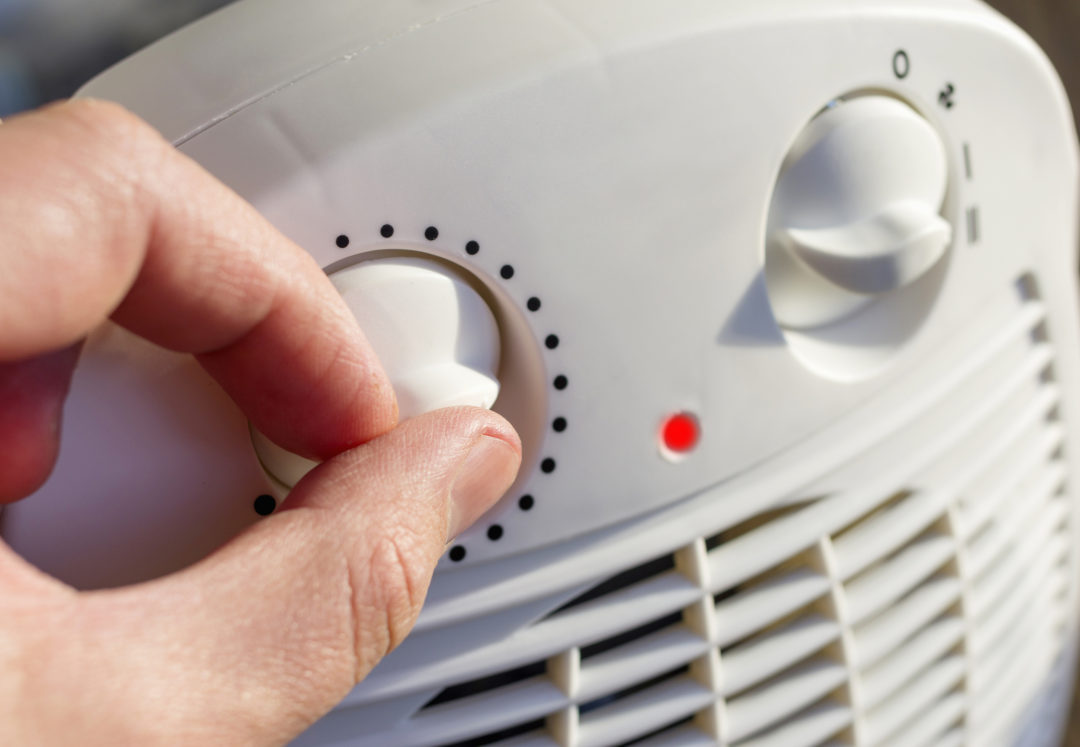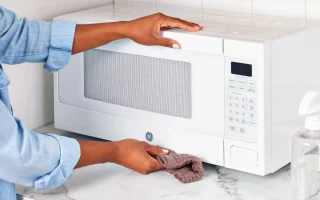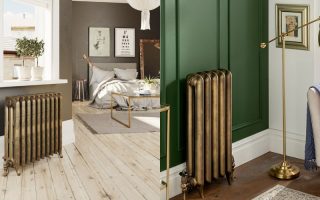After spending over a decade working in UK homes—from period property restorations in Kent to small-space upgrades in London flats—I’ve seen electric heaters used in all sorts of ways. Whether tucked beside a draughty hallway or keeping the chill out of a home office, they’re convenient. But clients often ask me: “Are electric heaters actually safe? Do they release anything harmful?”
If you’re using one this winter or thinking about it, here’s what you need to know—backed by experience and UK fire authority guidance.
Do Electric Space Heaters Emit Toxic Fumes?
Here’s the good news first: Electric heaters don’t produce toxic fumes. There’s no gas combustion, no flames, and no carbon monoxide.
Unlike fuel-burning heaters, electric models simply pass current through a metal heating element. That’s it. No burning = no fumes.
When working on retrofits in older homes, especially those with poor ventilation, I always steer homeowners towards electric heaters if they need temporary or room-by-room heating. Why? Because as the London Fire Brigade confirms, electric heaters do not release carbon monoxide—a risk present only with open-flame systems like gas or paraffin (source).
If you or a family member have asthma, allergies, or respiratory concerns, that peace of mind is priceless.
But Let’s Talk Real Safety: The Fire Risk
Now here’s the flip side: while they’re fume-free, electric space heaters are still a common source of house fires—especially when used carelessly.
In fact, during a recent project refurbishing a three-bed home in Surrey, I found scorch marks behind a sofa. The tenant had placed a heater too close to fabric. It didn’t catch fire—but it could’ve. That’s not rare. UK fire services see this too often.
Electrical Safety First reports that over 4 million more UK households used portable heaters during winter 2022 compared to the previous year. That increase has led to more accidents caused by tip-overs, overheating, and poor positioning (source).
And as Gloucestershire Fire & Rescue Service explains, many local fire incidents stem from overloaded sockets and blocked airflow around heaters (source).
My Safety Checklist (Tried-and-Tested)
In every home I’ve designed, renovated, or styled, I follow and recommend these non-negotiable safety rules when electric heaters are involved:
✅ Keep a Clear Zone – Minimum 1 Metre
Never place heaters close to curtains, rugs, or sofas. In one cottage conversion, we placed a slimline panel heater under a window, ensuring nothing draped over it—even the blinds.
✅ Plug Directly Into the Wall
Don’t use extension leads or power strips. I’ve seen multiple cases where overloaded multi-plugs led to melted cables. If you must use an extension, it should be heavy-duty and fully unwound.
✅ Turn Off When You Leave the Room
It sounds obvious, but I’ve walked into too many empty rooms with heaters running. Even models with timers or tilt-cutoff switches shouldn’t be left unsupervised—especially in homes with kids or pets.
Why I Still Recommend Electric Heaters
Despite the risks, I often recommend electric heaters in design consultations—especially for:
- Renters who can’t install permanent solutions
- Home offices where you only need to heat one room
- Historic homes where upgrading central heating isn’t an option
Here’s why they work so well:
🔌 Easy to Use
Clients love that there’s no installation. You just plug it in, and it works. During a Victorian flat revamp in Manchester, we added compact electric heaters to the conservatory that plugged straight in—zero hassle.
🔄 Portable
Most are lightweight and can move with you. This is ideal when you need to heat only the room you’re in—saving on your energy bills.
👃 Fume-Free Warmth
Especially important in homes with limited airflow or older windows. No toxic emissions = cleaner air and safer nights.
♻️ Smart Energy Features
Models with thermostats, timers, and eco-modes help reduce electricity use. I usually recommend my clients choose models certified by BEAB or marked with the UKCA safety symbol.
The Final Word from Nyla
Electric space heaters can be a safe, clean, and cost-effective heating option—if you use them correctly. They’re ideal for spot heating, temporary use, or supplementing existing systems. But never treat them as “set and forget” appliances.
With 12+ years working hands-on in UK homes, I’ve seen how a bit of care goes a long way. From fire-damaged skirting boards to melted sockets, most incidents were avoidable. So take the warnings seriously—and enjoy the warmth without the risk.





